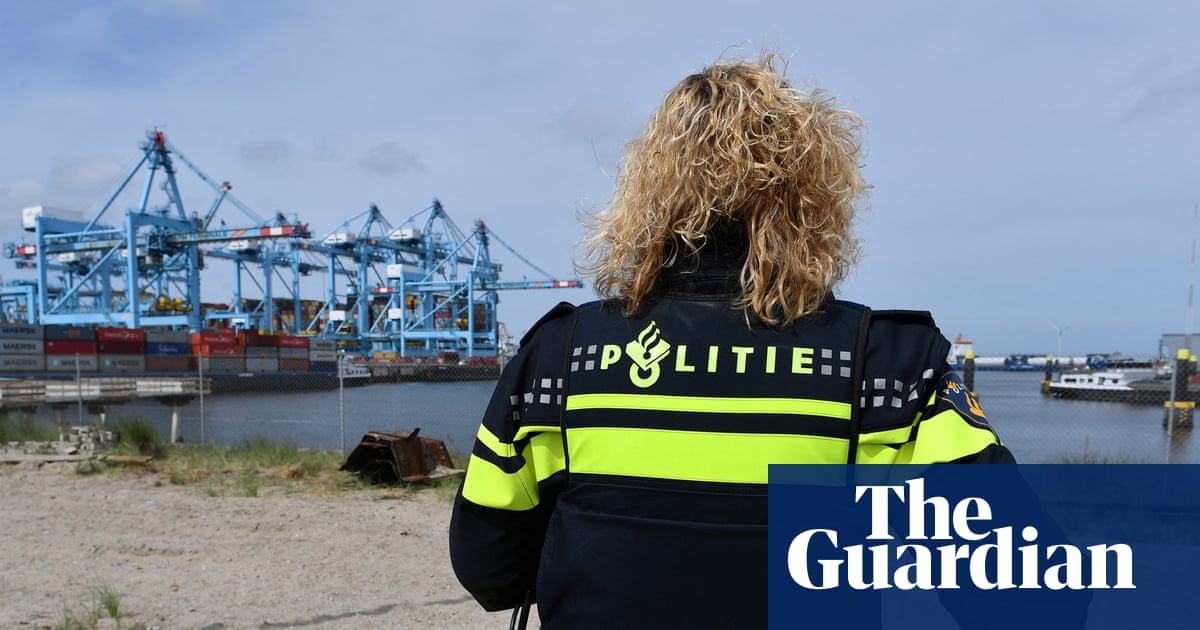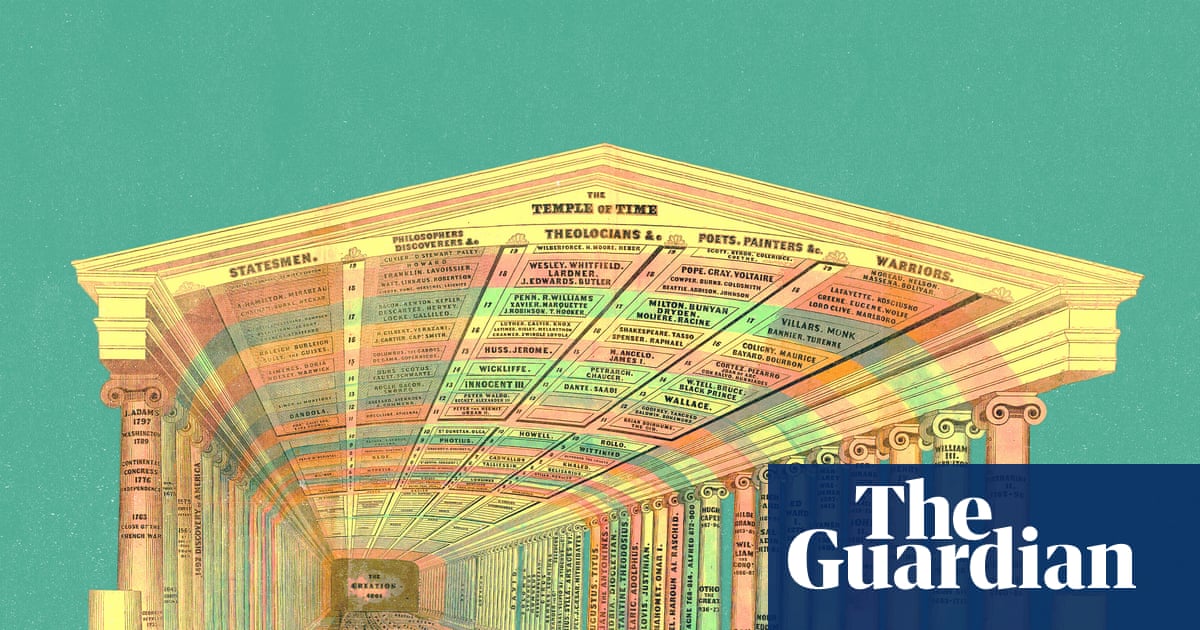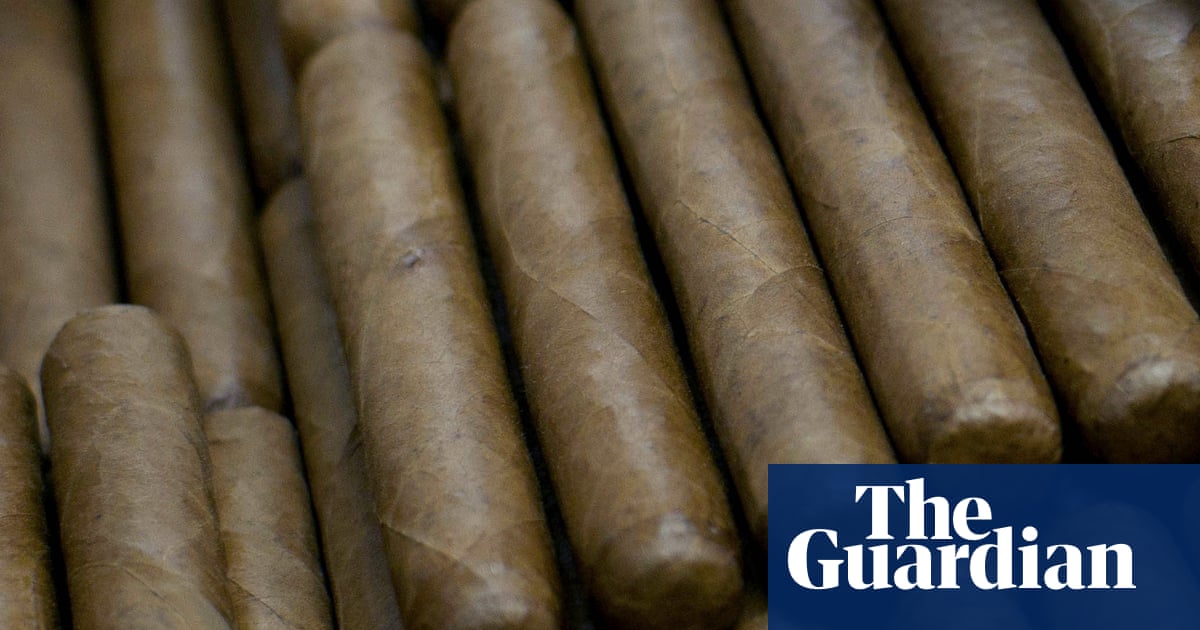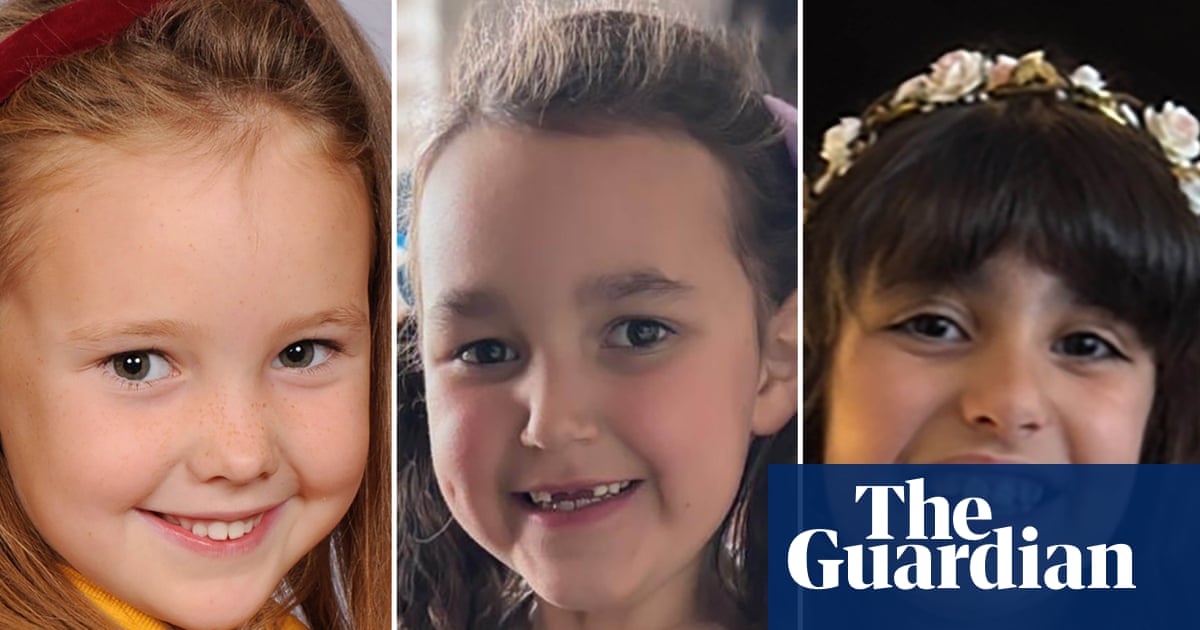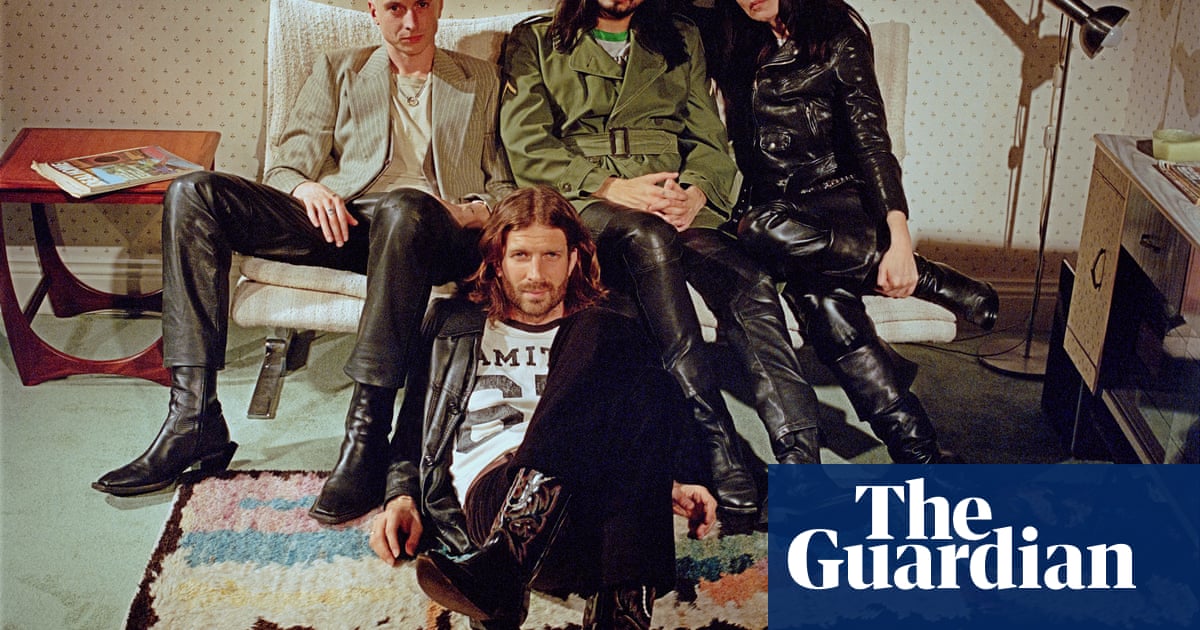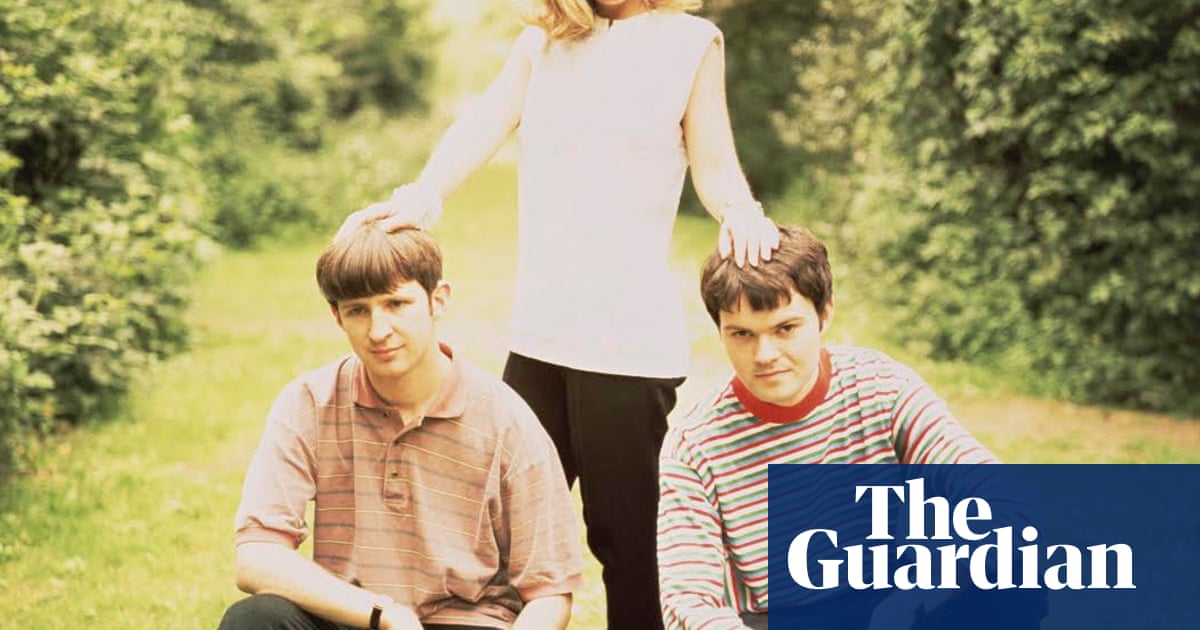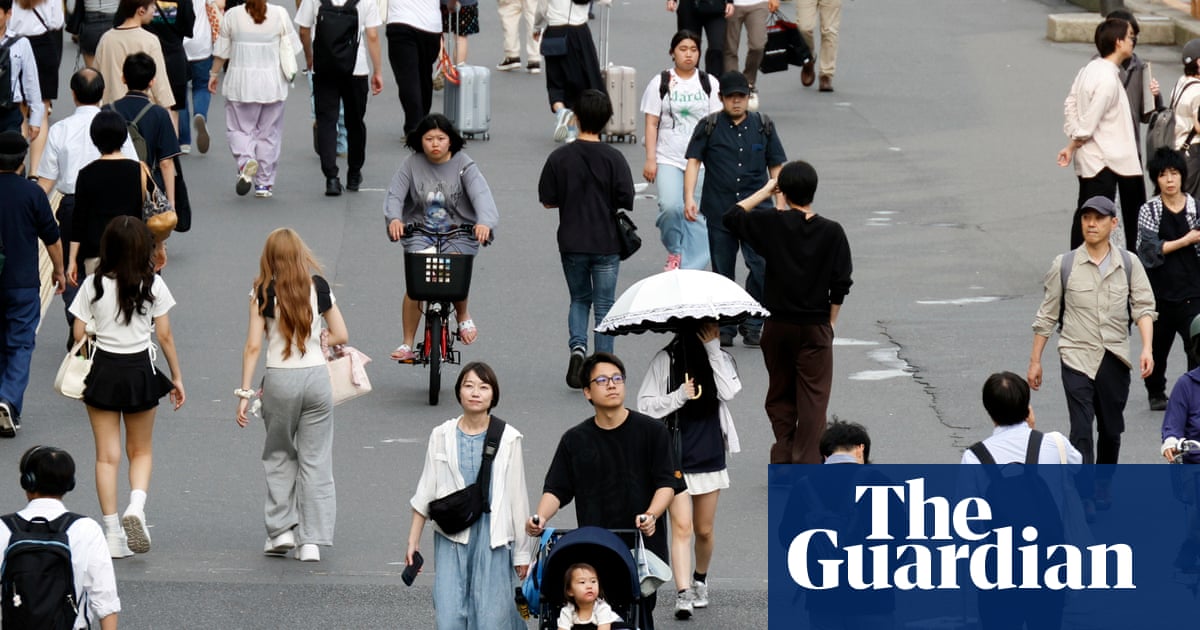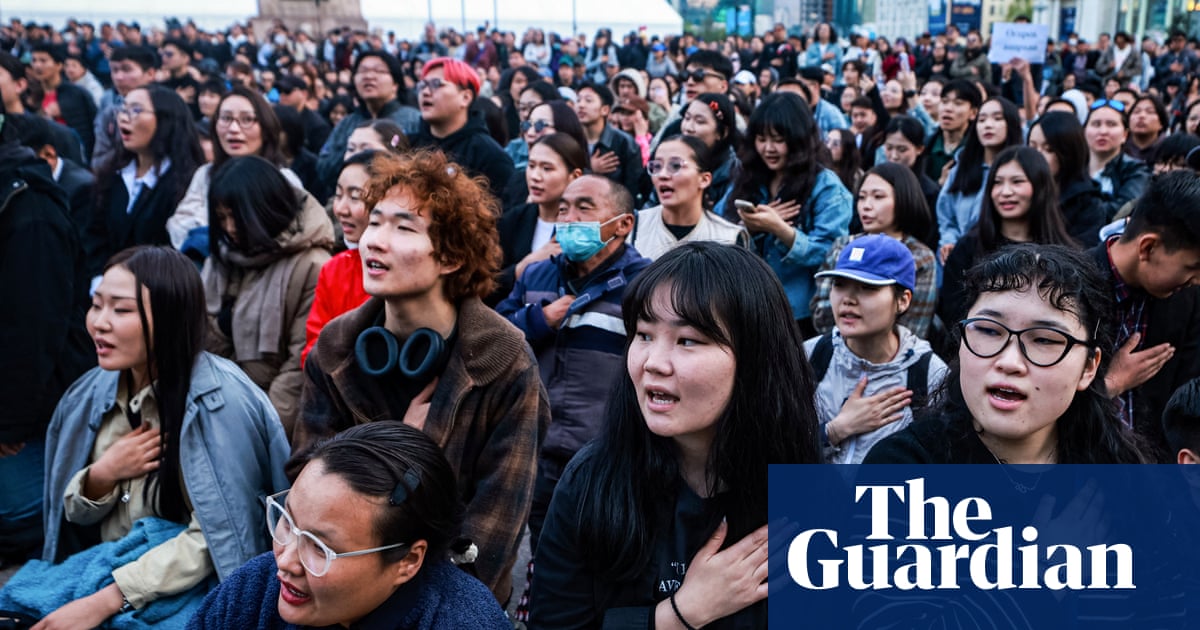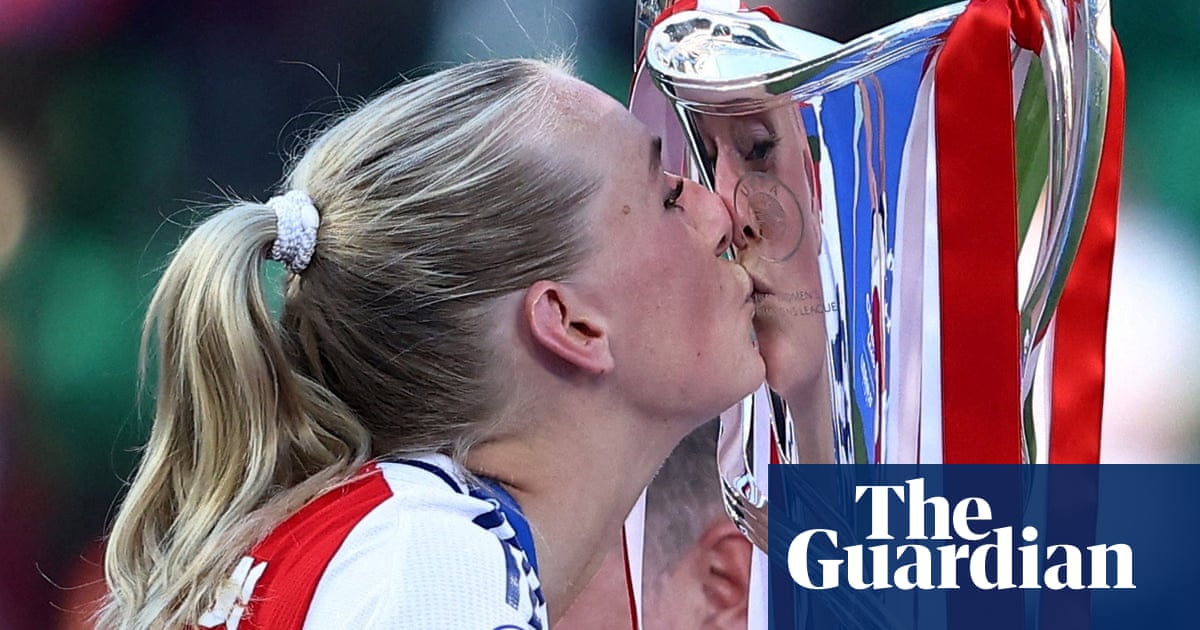In 2016 Catherine Chidgey published her fourth novel, The Wish Child, a child’s-eye view of Nazi Germany. Since then the much-garlanded New Zealander has contrived to be not only conspicuously prolific but also intriguingly unpredictable. Though she returned to wartime Germany in her Women’s prize-longlisted Holocaust novel, Remote Sympathy, her work has ranged from the coming-of-age psychological thriller Pet to The Beat of the Pendulum, a “found” novel that drew on everything from conversations and social media posts to news bulletins and even satnav instructions to create a picture of one woman’s life over a year. The Axeman’s Carnival, published in the UK last year, was partly narrated by a magpie. Like The Wish Child it won the Acorn prize for fiction, making Chidgey the only writer to win New Zealand’s most prestigious prize twice.
The Book of Guilt appears to mark another departure. Chidgey describes her ninth novel as her “first foray into dystopian fiction” and, while the book purports to be set in England in 1979 with a female prime minister newly ensconced in Downing Street, it is not the country we know. In Chidgey’s alternate universe, the second world war ended not in 1945 with allied victory, but in 1943 when the assassination of Hitler by German conspirators led to a swiftly negotiated peace treaty. Subsequent collaboration across Europe has ensured that progress in biological and medical science, already significantly advanced, has accelerated, fuelled by shared research that includes the grotesque experiments carried out on prisoners in Nazi death camps.
The shadow of those atrocities lingers over 13-year-old identical triplets Vincent, William and Lawrence, the last three remaining occupants of a secluded New Forest children’s home, part of the government’s Sycamore Scheme. Supervised by three “Mothers”, each working an eight-hour daily shift, the boys do their lessons and their exercises and take their medicine, in constant battle with a sickness which, though its symptoms vary from boy to boy and month to month, is referred to only as the Bug. They long to get well so that they will finally be granted the wish of every Sycamore child before them and be sent to the Big House in Margate, an earthly seaside paradise with sun-soaked golden sands and unlimited access to the Dreamland amusement park. But though the boys pore over the dog-eared Margate brochure, “we never dreamt of trying to escape”, an older, wiser Vincent confesses as the novel opens. “Those were happy days, before I knew what I was.” Since then the Scheme has been abandoned, the Sycamore homes sold off. People do not like to talk about it, Vincent admits. Nobody wants to feel guilty.
If all this sounds reminiscent of Kazuo Ishiguro’s most famous novel Never Let Me Go, that is because, in many ways, it absolutely is. The similarities go far beyond the late 1970s institutional setting. Like Kathy, Ruth and Tommy, Ishiguro’s trio of students at Hailsham, the Sycamore boys know they are different, special even, and yet their lives share Hailsham’s whiff of wartime make-do-and-mend, where the lessons are rudimentary and everything is secondhand. Like the Hailsham students, the triplets are sheltered not only from the truth of their circumstances but also from any meaningful contact with or grasp of the world that fears and exploits them. Like them, they will only gradually and painfully come to understand their real purpose. Vincent’s first-person narration addresses the reader directly, recalling Kathy’s conversational style.
And yet, for all the inevitable comparisons, it becomes clear as Chidgey’s novel unfolds that it is by no means a clone of Ishiguro’s. While both novels take as their starting point the grave dangers posed by unfettered scientific advancement, Never Let Me Go is, at its heart, a meditation on mortality, an exploration of humankind’s profound resistance to the idea that we must all eventually be parted from those whom we love. Ishiguro does not seek to rationalise or explain the world in which the book is set. His interest is personal, not political.
The Book of Guilt, by contrast, unfolds an alternate political reality, intercutting Vincent’s account with two other parallel narratives. Nancy is a girl held as a kind of prisoner by her adoring parents, while the harassed Minister of Loneliness is charged with winding up the Scheme. They combine to create a compulsively readable story that raises profound questions not only about the power of the state to dehumanise parts of our society but about our complicity in that power, the doublethink that permits us simultaneously to know a truth and not know it, to see and somehow contrive not to believe, dehumanising us in its turn.
These questions run through all Chidgey’s work: they are the connective tissue that binds her seemingly contrasting projects and, in 2025, as the US turns its back on the world, they are more urgent than ever. The Book of Guilt is written with insight and brio, deftly balancing darkness and light, depth and pace. Set in its own distinctive time and space, it could have been extraordinary. Instead the ghost of Ishiguro stalks its pages, dragging behind it the inevitable clanking comparisons and fatally undermining the integrity of the world Chidgey has so painstakingly created.
after newsletter promotion

.png) 3 months ago
55
3 months ago
55



